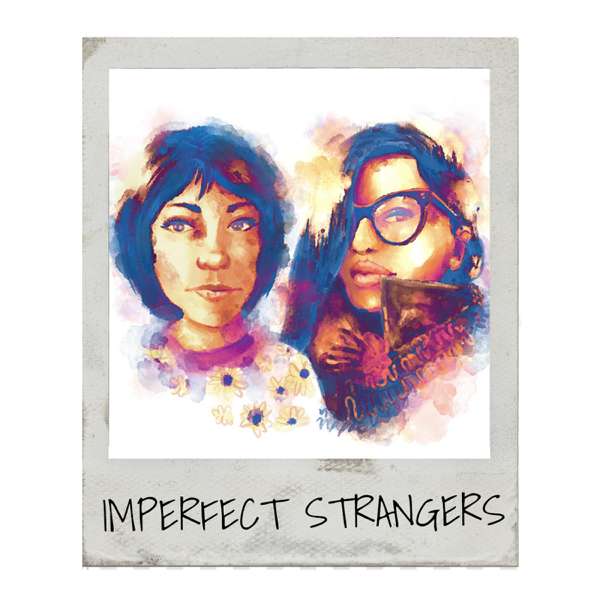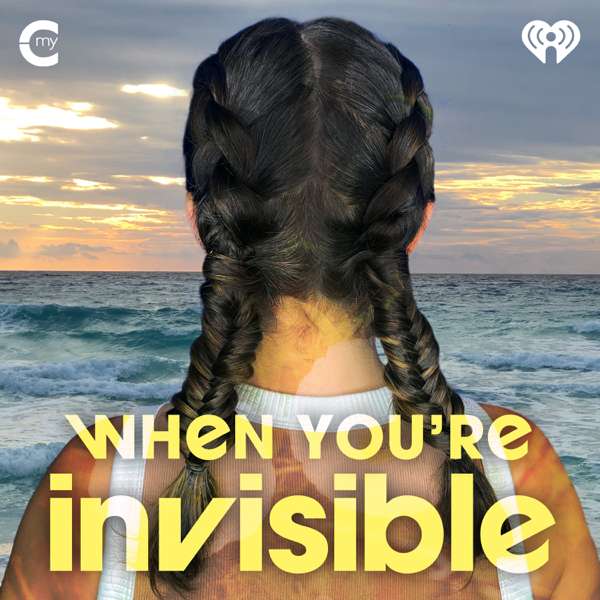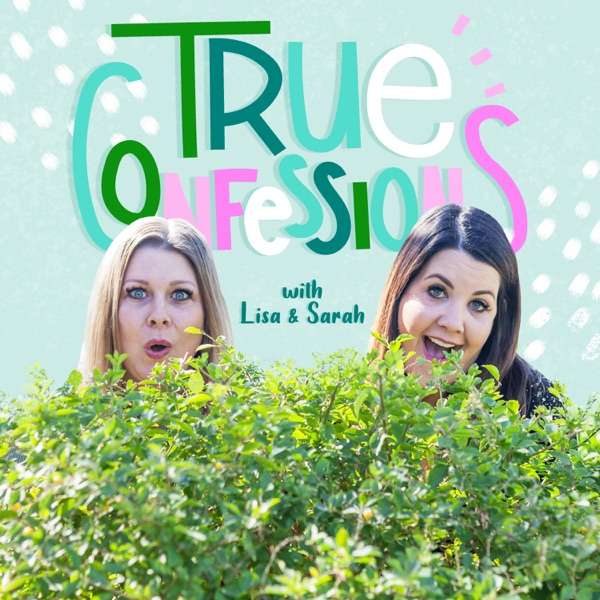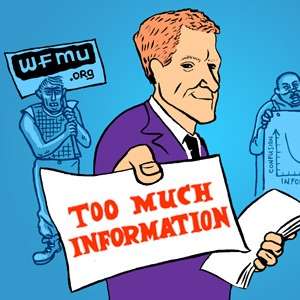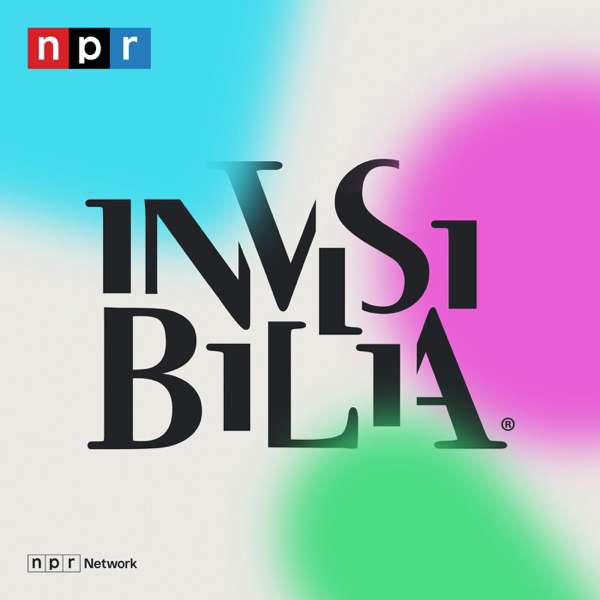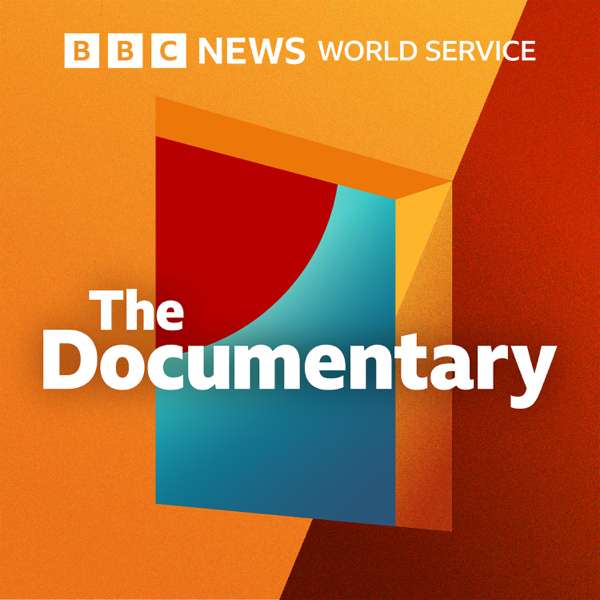Licensed clinical professional counselor and board-certified dance/movement therapist Erica Hornthal (“The Therapist Who Moves You”) joins Aaron to explain how changing the way we move changes the way we feel. Recorded on November 3, 2025, the conversation grounds movement therapy in the realities of Chicagoland life: financial pressure, screen-driven immobility, community trauma in Highland Park, and heightened anxiety around recent ICE activity across the North Shore. Erica shares practical, accessible ways to regulate the nervous system, reduce anxiety, and communicate nonverbally when words are not enough.
Key Takeaways
Movement is already part of therapy: posture shifts, breathing, pacing, and small gestures can be therapeutic starting points.
We have “out-evolved” our natural instinct to move; immobility amplifies anxiety.
Stressors show up differently across communities. Whether it is public-safety trauma or fear tied to immigration enforcement, the body stores that stress.
You can change your state by changing your movement, even with simple, seated interventions.
Nonverbal work helps couples and families de-escalate conflict and build empathy.
Parents can meet kids’ energy with movement rather than suppression, then teach time-and-place skills.
Research supports dance and movement as effective for anxiety and depression; therapy fit and relationship still matter most.
Practical access: look for “somatic,” “body-oriented,” or “creative arts therapy” in your area; insurance coverage depends on the clinician’s license.
Timestamps
00:00 Intro to Erica and dance/movement therapy
02:00 What movement therapy looks like in practice
04:50 Why Erica wrote “BodyTalk” and how readers use it
08:15 Why we feel so stressed today, and how immobility feeds anxiety
10:45 Local context: Highland Park trauma and recent ICE activity on the North Shore
12:30 Changing movement to change mood and cognition
15:15 Treating the “snake bite” before debating the “why”
16:00 Individual vs group work, and what movement builds between people
17:35 Getting over discomfort and starting small
20:40 A simple intervention: washing hands slowly to interrupt anxiety
22:20 Working across ages: from 3 to 107
26:15 Coaching kids and meeting their movement needs
31:30 Nonverbal communication in relationships and negotiations
35:00 “Embodied listening” and the limits of AI for mental health
39:30 Walks, showers, and why ideas arrive during movement
42:00 Using your body as a free mental health resource
43:00 Finding somatic or creative arts therapists and dealing with insurance
46:45 What the research says about dance, anxiety, and depression
49:00 Where to find Erica and her books
50:00 Closing
Practical Exercises Mentioned
Seated reset: notice shoulders, jaw, feet; slow your breath and lengthen exhale.
Pattern interrupt: pick one daily action and do it slowly for 20 seconds (example: handwashing) to downshift intensity.
Conflict pause: step outside or to separate corners, walk, then reconvene.
With kids: “shake out the wiggles,” go outside for 60 seconds, then return.
Guest
Erica Hornthal, LCPC, BC-DMT
Founder and CEO, Chicago Dance Therapy
Author of BodyTalk, Body Aware, and The Movement Therapy Deck
Website: https://www.ericahornthal.com
Practice: https://www.chicagodancetherapy.com
Instagram: @thetherapistwhomovesyou
Email: erica@hornthal.com
Resources Mentioned
BodyTalk: 365 Gentle Practices to Get Out of Your Head and Into Your Body
Body Aware
The Movement Therapy Deck
Search terms for local care: “somatic therapy,” “body-oriented therapy,” “creative arts therapy,” “dance movement therapy,” plus your city.
For Listeners in Chicagoland
If anxiety has spiked for you or your family due to recent events in the region, consider brief, daily movement check-ins. Even small posture and breath changes can reduce a constant state of alert. Nonverbal practices can help when words feel risky or overwhelming.
Connect
Host: Aaron Masliansky — The Chicagoland Guide
Subscribe, rate, and share if this episode helped you. New episodes highlight people and ideas that make Chicagoland a great place to live.
Thank you for listening to The Chicagoland Guide!
For more insights into the best places to live, work, and explore in Chicagoland, visit thechicagolandguide.com. Connect with us on social media for more updates and behind-the-scenes content. If you have any questions or want to share your own Chicagoland stories, feel free to reach out! Don’t forget to subscribe and leave a review if you enjoyed this episode.

 Our TOPPODCAST Picks
Our TOPPODCAST Picks  Stay Connected
Stay Connected


